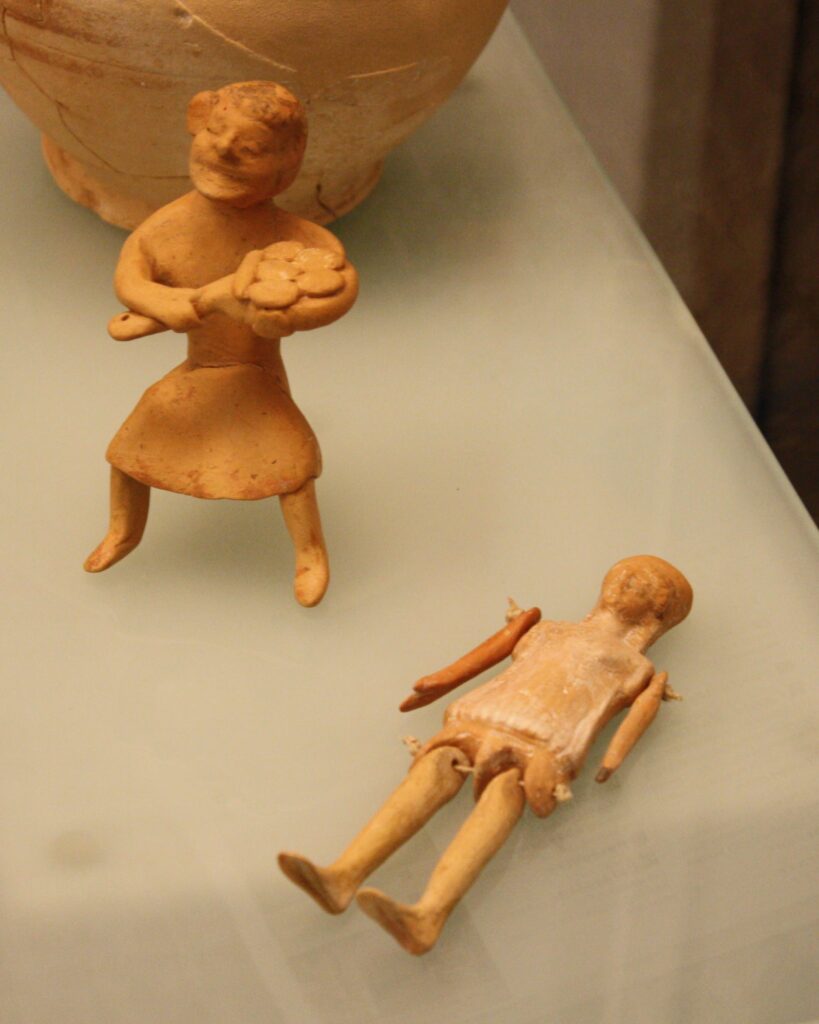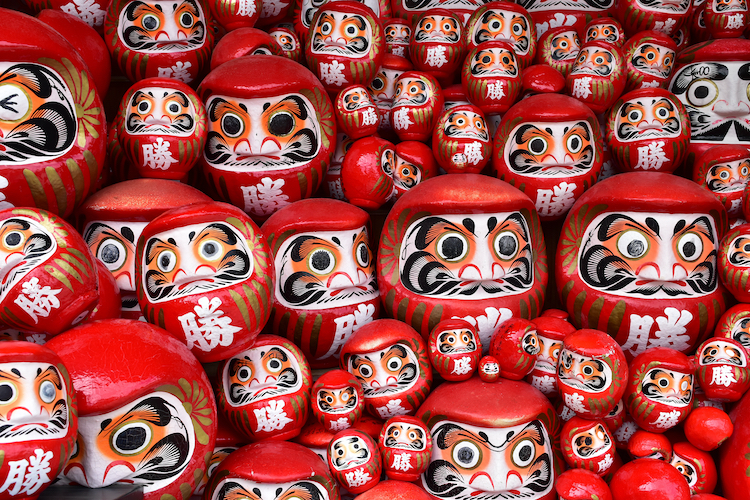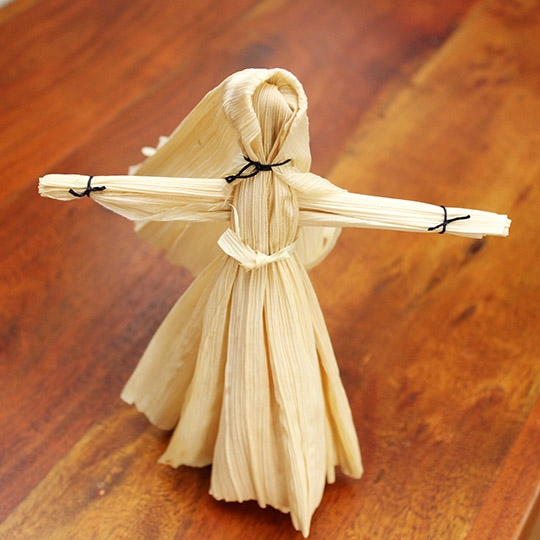Table of Contents
Introduction
Ancient Toys have been an essential part of human culture for thousands of years, captivating the imaginations of children and adults alike. In this blog post, we’ll take a delightful trip back in time to explore the enchanting world of ancient toys. These toys, crafted with care and creativity, provide us with a glimpse into the playful past of our ancestors.
Ancient Egypt: Dolls and Miniatures

Let’s begin our journey in ancient Egypt, a civilization known for its rich history and innovation. Egyptian children enjoyed playing with dolls made of materials like clay, wood, or papyrus. These dolls often had moveable limbs and were sometimes even adorned with wigs and clothing. Miniature figurines and toy animals were also popular, giving children a chance to recreate scenes from daily life and religious rituals.
Ancient Greece and Rome: Articulated Dolls

In ancient Greece and Rome, children played with articulated dolls made from materials like terracotta, wood, or ivory. These dolls had moveable joints, allowing them to mimic human gestures and movements. Some were dressed in intricately designed clothing, showcasing the craftsmanship of the time.
Ancient China: Kites and Jianzi

Ancient China has a rich history of toys, with kites being one of the most iconic. These kites were often elaborately decorated and served not only as toys but also as tools for various purposes, including military signaling and religious ceremonies. Another popular Chinese toy was “jianzi,” a weighted shuttlecock-like object that was kicked into the air and kept aloft using one’s feet, similar to a game of hacky sack.
Ancient Japan: Daruma Dolls and Kokeshi Dolls

Japan has a long tradition of toy-making, and two notable examples of ancient Japanese toys are the “daruma” and “kokeshi” dolls. Daruma dolls, often made of papier-mâché, are symbols of perseverance and good luck. They have a rounded, weighted bottom and are designed to return to an upright position when tilted, representing the idea of bouncing back from adversity. Kokeshi dolls, on the other hand, are simple wooden dolls with cylindrical bodies and round heads, often hand-painted with colorful floral patterns.
Ancient Native American Toys: Corn Husk Dolls

Native American tribes crafted a variety of toys using materials readily available in their regions. One such toy was the corn husk doll, made from dried corn husks and adorned with handwoven clothing and accessories. These dolls provided both entertainment and a connection to their cultural heritage.
Conclusion
Exploring the world of ancient toys is like stepping into a time machine that transports us to bygone eras. These toys, though simple in design, held immense significance in the lives of children and offered a window into the cultural, social, and creative aspects of their respective civilizations. As we reflect on these ancient playthings, we gain a deeper appreciation for the universal joy that toys bring to people of all ages, across generations and throughout history.
